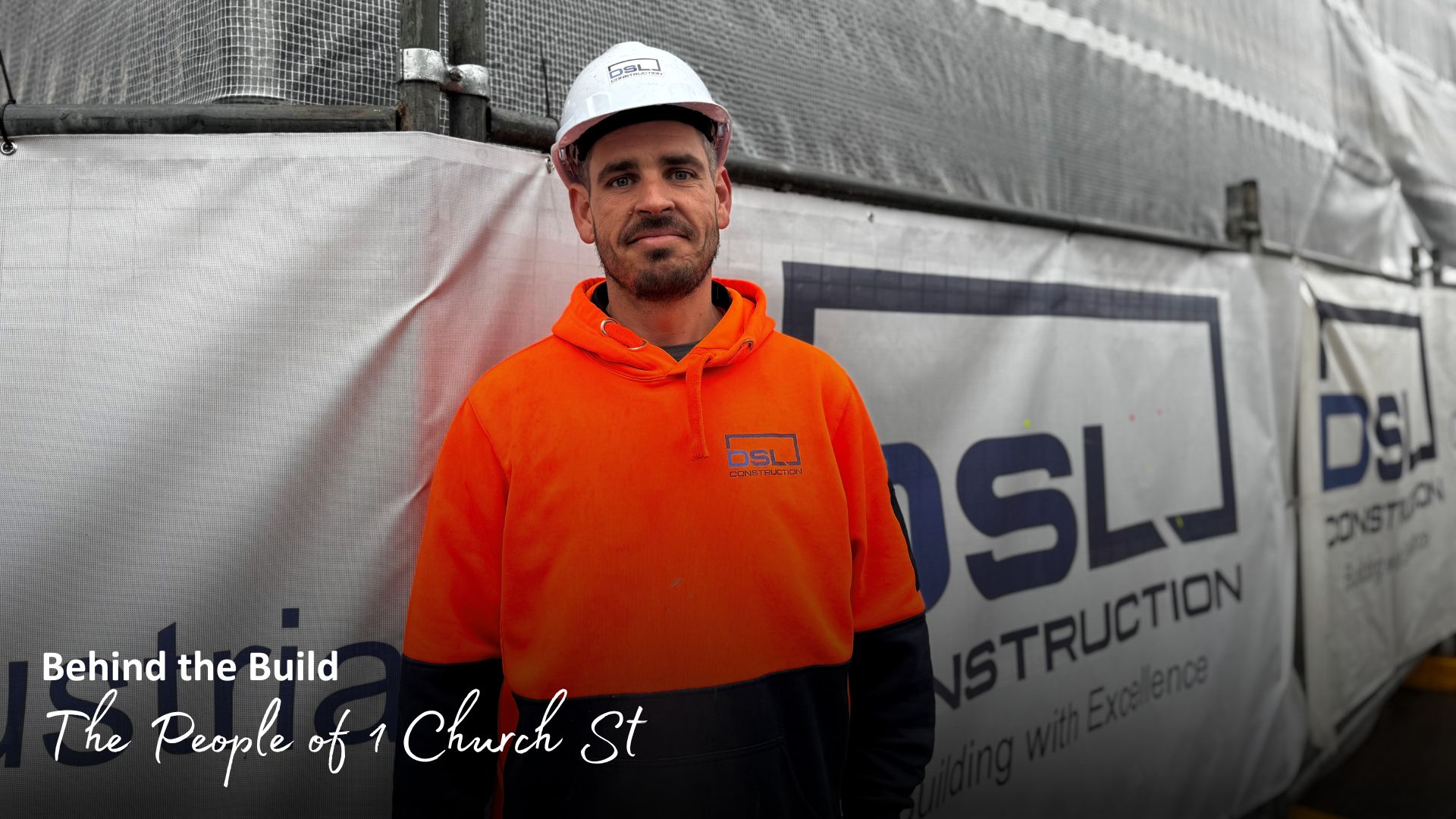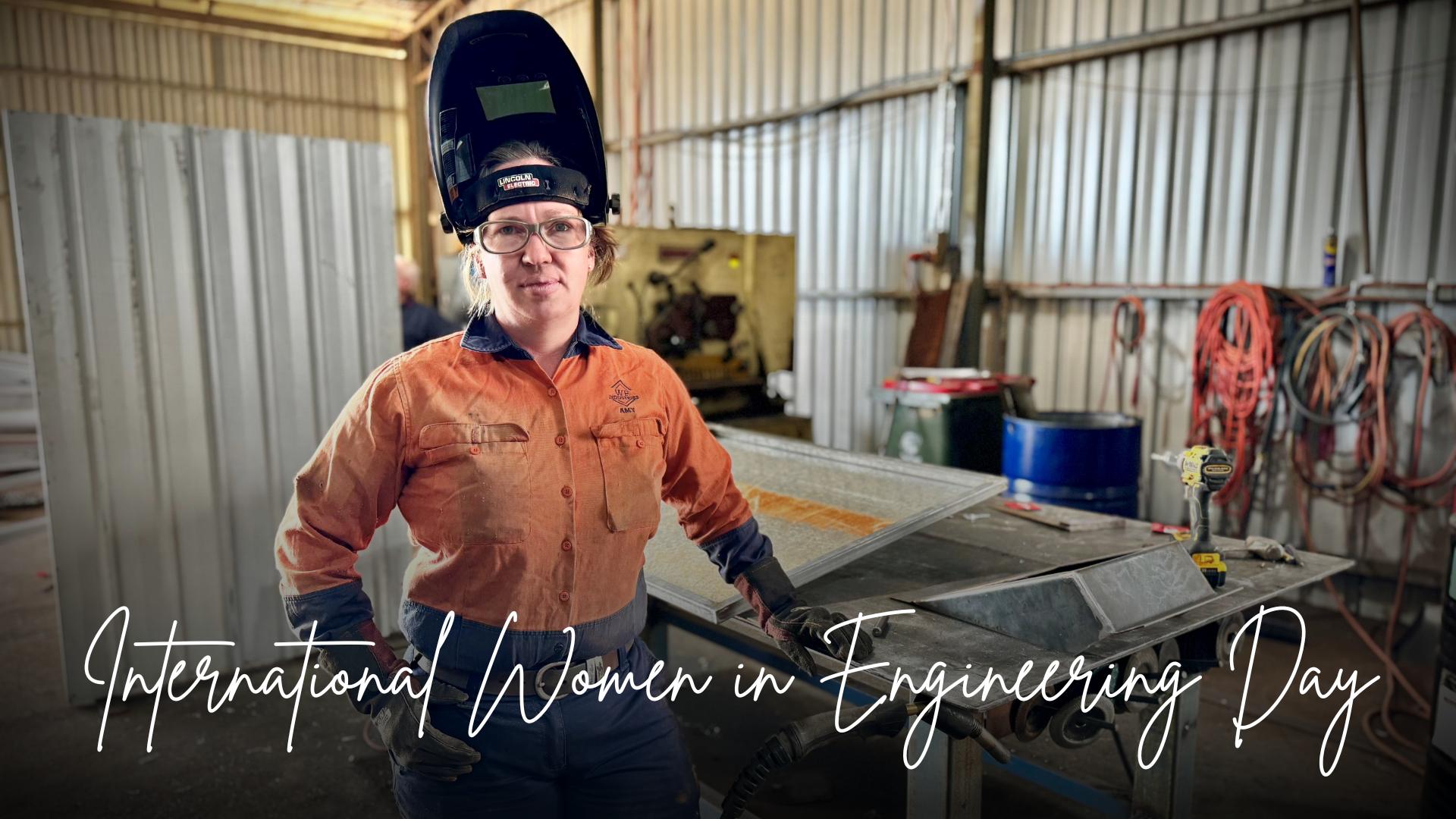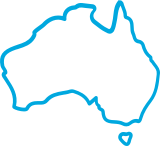
What to Wear to a Job Interview: Tips for Making a Great First Impression
Deciding what to wear to a job interview can be challenging especially if you’re new to the workforce or haven’t had much interview experience. Your interview attire can significantly impact the first impression you make, and studies show that it takes just seven seconds for someone to form an opinion of you. So, choosing the right job interview outfit is essential.
There are several factors to consider when selecting what to wear, including the type of job, industry norms, and even the weather especially in the height of summer or depths of winter in Australia!
Why Your Job Interview Outfit Matters
Your clothing not only shapes how potential employers see you, but it also affects how you feel. Wearing the right outfit can help you feel more confident and professional, which in turn helps you present yourself in the best light. Whether you’re applying for an apprenticeship, a trade role, or a professional office job, your appearance is part of your personal brand.
How to Decide What to Wear to a Job Interview
Here are some practical tips to help you choose the right interview attire and ensure you’re dressed for success:
1. Research the Company or Industry
If you’re unsure how to dress for an interview, start by researching the company’s website and social media pages. Look at what staff are wearing in photos, do they favour business wear, smart casual, or something else?
-
For office or corporate roles: Aim for conservative, neat business attire.
-
For trade, mining or hands-on jobs: A business-casual look is often suitable, think neat trousers, collared shirt, closed shoes, and no hats or hi-vis.
If in doubt, don’t hesitate to ask the recruiter or contact the employer’s HR team to clarify the expected dress code.
2. Dress Conservatively
In most industries, it’s safer to dress conservatively for a job interview. This means sticking to neutral colours, clean lines, and simple accessories. While some creative industries (like design or hairdressing) may welcome flair, it’s better to stay on the cautious side unless you’re sure.
Tips for women:
-
Avoid revealing clothing
-
Choose knee-length or longer dresses/skirts
-
Opt for sensible, closed-toe shoes with moderate heels
-
Keep jewellery and makeup minimal
-
Ensure your hair is neatly styled or tied back
Tips for men:
-
Wear a clean collared shirt without graphics or large logos
-
Pair with long pants (no rips or holes) and closed shoes
-
A belt is recommended for a polished look
-
Shave or neatly groom your facial hair
If you have visible tattoos or piercings, consider covering them for the interview unless you know the employer is open-minded about them.
3. Invest in Interview-Ready Clothing
If you’re actively job hunting, it’s worth investing in a few quality pieces of workwear that can be used for interviews and the job itself. Wearing clothing that fits well and looks current can boost your confidence and reduce the chances of being judged based on old, ill-fitting or outdated outfits.
Many employers conduct multiple interviews, so having more than one outfit ready can be beneficial.
4. Try On Your Interview Outfit in Advance
Don’t leave it until the morning of your interview to decide what to wear. Trying on your outfit in advance gives you time to check:
-
Is everything clean, ironed, and free from holes or stains?
-
Are your shoes polished and appropriate?
-
Is the outfit comfortable to wear for extended periods?
-
Does it suit the weather forecast (e.g. layering for cold days, breathable fabrics for summer)?
Being well-prepared helps reduce stress on the day and ensures you arrive on time and feeling confident.
You may also like

“Every day you learn something new.” – Wes Nixon
A Passion for Building and Community Celebrating 13 […]

International Women in Engineering Day
Meet Amy Shepard – Welding & Fabrication Apprentice […]
 Skillset would like to acknowledge and pay respect to the traditional custodians of the lands on which we work.
Skillset would like to acknowledge and pay respect to the traditional custodians of the lands on which we work.We are honoured to be on the ancestral lands of those whose cultures are among the oldest living cultures in human history. We pay respect to the Elders, past, present and to the younger generation of the community who will be the future leaders in years to come.

